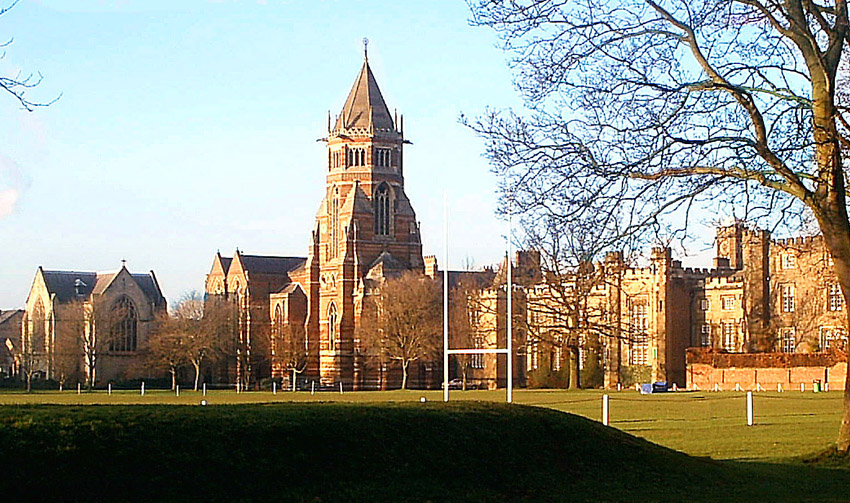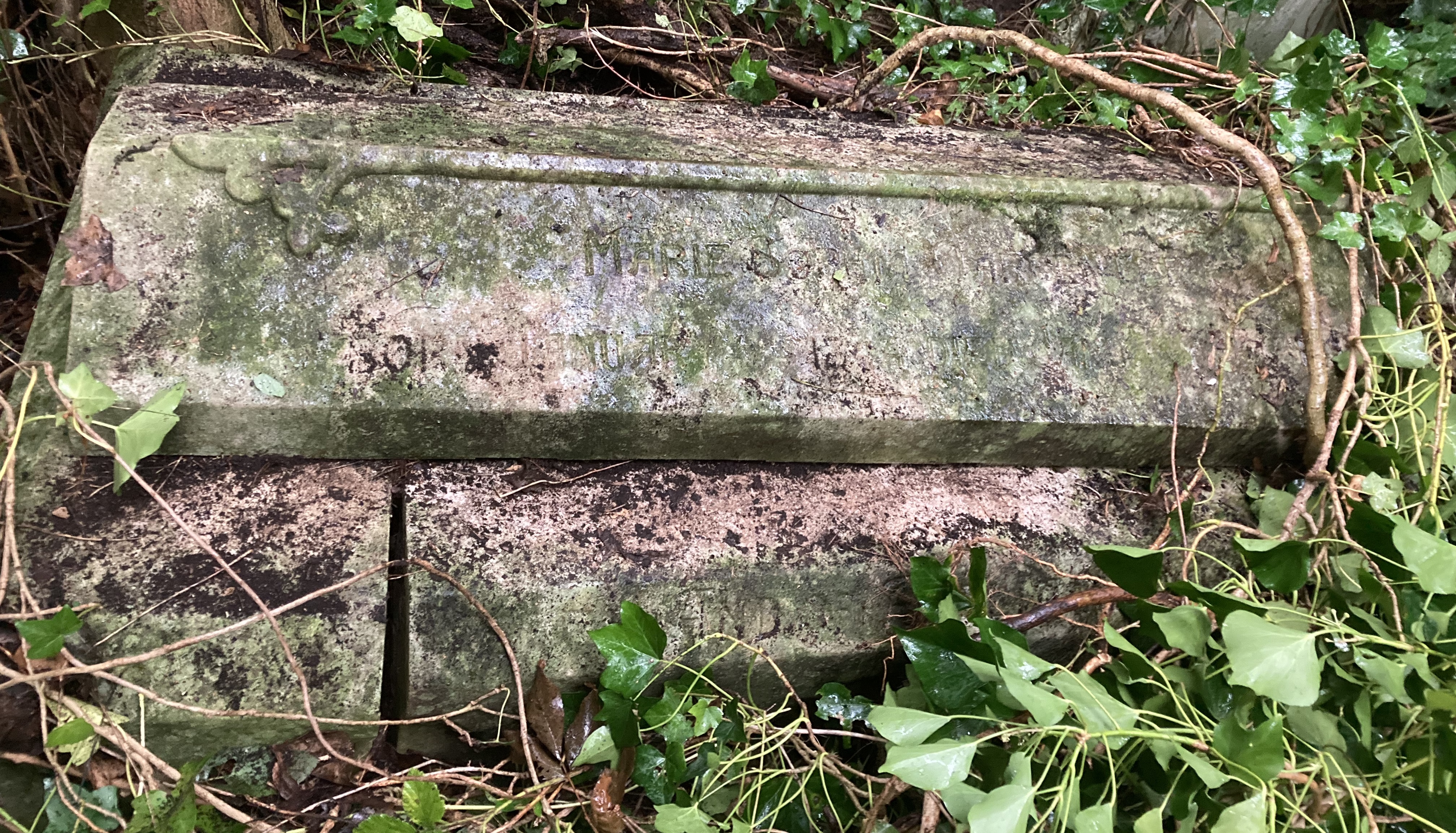|
Lancing College
Lancing College is a Public school (United Kingdom), public school (English Private schools in the United Kingdom, private boarding school, boarding and day school) for pupils aged 13–18 in southern England, UK. The school is located in West Sussex, east of Worthing near the village of Lancing, West Sussex, Lancing, on the south coast of England. Lancing was founded in 1848 by Nathaniel Woodard and educates c. 600 pupils between the ages of 13 and 18; the co-educational ratio is c. 60:40 boys to girls. Girls were admitted beginning in 1971. The first co-ed, Saints’ House, was established in September 2018, bringing the total number of Houses to 10. There are 5 male houses (Gibbs, School, Teme, Heads, Seconds) and 4 female houses (Fields, Sankeys, Manor, Handford). Overview The college is situated on a hill which is part of the South Downs, and the campus dominates the local landscape. The college overlooks the River Adur, and the Ladywell Stream, a holy well or sacred strea ... [...More Info...] [...Related Items...] OR: [Wikipedia] [Google] [Baidu] |
Lancing, West Sussex
Lancing is a large coastal village and civil parish in the Adur district of West Sussex, England, on the western edge of the Adur Valley. It occupies part of the narrow central section of the Sussex coastal plain between smaller Sompting to the west, larger Shoreham-by-Sea Shoreham-by-Sea (often shortened to Shoreham) is a coastal town and port in the Adur District, Adur district, in the county of West Sussex, England. In 2011 it had a population of 20,547. The town is bordered to its north by the South Downs, to ... to the east, and the parish of Coombes to the north. Excluding definitive suburbs it may have the largest undivided nucleated village, village cluster in Britain. However, its economy is commonly analysed as integral to the Brighton/Worthing/Littlehampton conurbation. Its settled area beneath the South Downs National Park covers , the majority of its land. The Lancing area is characterised by mid-rise coastal urban homes, farmland, and wildlife reserves of th ... [...More Info...] [...Related Items...] OR: [Wikipedia] [Google] [Baidu] |
Public School (United Kingdom)
A public school in England and Wales is a type of fee-charging Private schools in the United Kingdom, private school originally for older boys. The schools are "public" from a historical schooling context in the sense of being open to pupils irrespective of locality, Christian denomination, denomination or paternal trade guild, trade or profession or family affiliation with governing or military service, and also not being run for the profit of a private owner. Although the term "public school" has been in use since at least the 18th century, its usage was formalised by the Public Schools Act 1868 (31 & 32 Vict. c. 118), which put into law most recommendations of the 1864 Clarendon Report. Nine prestigious schools were investigated by Clarendon (including two day schools, Merchant Taylors' School, Northwood, Merchant Taylors' and St Paul's School, London, St Paul's) and seven subsequently reformed by the Act: Eton College, Eton, Shrewsbury School, Shrewsbury, Harrow School, Ha ... [...More Info...] [...Related Items...] OR: [Wikipedia] [Google] [Baidu] |
Denstone College
Denstone College is a co-educational, private, boarding and day school in Denstone, Uttoxeter, Staffordshire, England. It is a Woodard School, having been founded by Nathaniel Woodard, and so Christian traditions are practised as part of College life. It is a member of the Headmasters' and Headmistresses' Conference. History Nathaniel Woodard founded the school, originally called St Chad's College, as his flagship school in the Midlands, following earlier foundations in southern England. Work on the school began in 1868 and it opened in 1873 with 46 boys, under the direction of Edward Clarke Lowe, provost of the Midland district of the Woodard Corporation. The buildings were designed by William Slater and Richard Carpenter in the Neo-Gothic style. The school buildings, hall, chapel and war memorial are all Grade II listed. The school's chapel was built in 1879–87 by Carpenter and Benjamin Ingelow in a late 13th-century Gothic style; it consists of a four-bay nave with a ... [...More Info...] [...Related Items...] OR: [Wikipedia] [Google] [Baidu] |
Sandstone
Sandstone is a Clastic rock#Sedimentary clastic rocks, clastic sedimentary rock composed mainly of grain size, sand-sized (0.0625 to 2 mm) silicate mineral, silicate grains, Cementation (geology), cemented together by another mineral. Sandstones comprise about 20–25% of all sedimentary rocks. Most sandstone is composed of quartz or feldspar, because they are the most resistant minerals to the weathering processes at the Earth's surface. Like uncemented sand, sandstone may be imparted any color by impurities within the minerals, but the most common colors are tan, brown, yellow, red, grey, pink, white, and black. Because sandstone beds can form highly visible cliffs and other topography, topographic features, certain colors of sandstone have become strongly identified with certain regions, such as the red rock deserts of Arches National Park and other areas of the Southwestern United States, American Southwest. Rock formations composed of sandstone usually allow the p ... [...More Info...] [...Related Items...] OR: [Wikipedia] [Google] [Baidu] |
William Slater (architect)
William Slater (1819 – 17 December 1872) was an English architect who was born in Northamptonshire and practised in London. He oversaw restoration of many churches, latterly in partnership with R. H. Carpenter. Career He joined Richard Cromwell Carpenter as his first pupil. For some years lived with the Carpenter family, and he became Carpenter's assistant. Slater left to establish an independent practice with another of Carpenter's pupils, William Smith (later Bassett-Smith). Carpenter died in 1855 at the age of 42, and Slater was persuaded to take over his practice. In 1857 Carpenter's son Richard Herbert Carpenter joined him as a pupil, and became a partner in 1863. Work Slater and Smith designed a parsonage and restored three churches. When R. C. Carpenter died he left uncompleted the rebuilding of the parish church of SS Simon and Jude, Earl Shilton, Leicestershire. Slater took over the work and completed it in 1856. In 1863 Slater and an architect called Gillet di ... [...More Info...] [...Related Items...] OR: [Wikipedia] [Google] [Baidu] |
Richard Carpenter (architect)
Richard Herbert Carpenter (July 1841 – 18 April 1893) was an English Gothic Revival architect. Carpenter was born 1841 in St Pancras, England, the son of the tractarian architect Richard Cromwell Carpenter and his wife Amelia. He is best known for his collaboration with Benjamin Ingelow; their architectural practice, founded by Carpenter's father and based in Marylebone, London, was responsible for the construction or of many ecclesiastical properties. Biography Carpenter attended Charterhouse School and began his architectural career working with his late father's partner William Slater. Following Slater's death in 1872, Carpenter went into partnership with the chief assistant in the practice, Benjamin Ingelow. Carpenter worked as architect to Ardingly College following the school's purchase of a site at Ardingly in 1862. He was taken into partnership with Slater in 1863 and was admitted ARIBA on 15 June of that year, his proposers being Slater, Mair and the St Pancr ... [...More Info...] [...Related Items...] OR: [Wikipedia] [Google] [Baidu] |
Lancing Chapel (geograph 2151169)
Lancing may refer to: *Lancing (surgical procedure), a minor surgical procedure to release pus or pressure built up under the skin *Lancing (shearing), a manufacturing procedure involving a workpiece sheared and bent with one strike of a die *Lancing, West Sussex, England, a village in West Sussex between Worthing and Shoreham-by-Sea *Lancing (electoral division), a West Sussex County Council constituency *Lancing College, an English public school *Lancing railway station, a British railway station operated by Southern on the West Coastway line *Lancing Carriage Works, a defunct railway site in the village of Lancing, West Sussex See also * Lance (other) A lance is a pole weapon based on the spear. Lance may also refer to: People * Lance (given name), including a list of people with the name * Lance (surname), including a list of people with the name In the military * , a United States Navy Wo ... * Lansing (other) {{Disambiguation ... [...More Info...] [...Related Items...] OR: [Wikipedia] [Google] [Baidu] |
John William Simpson (architect)
Sir John William Simpson KBE FRIBA (9 August 1858 – 30 March 1933) was a British architect and President of the Royal Institute of British Architects from 1919 to 1921. Background and early life Simpson was the eldest son of the Brighton architect Thomas Simpson and his wife Clara Hart. He was the brother of another architect, Gilbert Murray Simpson. He was educated privately and articled to his father in 1875, but later attended the Royal Academy Schools. Career Simpson became an Associate of the Royal Institute of British Architects in 1882. He was in partnership with M. P. Manning from 1881 to 1884 and subsequently with E. J. Milner Allen, specializing in public buildings. He was an active member of the Royal Institute of British Architects, rising to be its President, and of a number of architectural associations in other countries. He also wrote books and articles on architecture. In 1905, he was joined in his practice by the young Maxwell Ayrton, and ... [...More Info...] [...Related Items...] OR: [Wikipedia] [Google] [Baidu] |
Richard Cromwell Carpenter
Richard Cromwell Carpenter (21 October 1812 – 27 March 1855) was an English architect. He is chiefly remembered as an ecclesiastical and tractarian architect working in the Gothic style. Family Carpenter was born on 21 October 1812 in Russell Square, London, the son of another Richard Carpenter, a magistrate (baptised 20 July 1788 in St. Giles, Cripplegate) and Sophia (Page) Carpenter. His parents had married in 1804 in St. James, Clerkenwell, London, and lived a moderately affluent family life in Russell Square. He married Amelia Dollman, who was born about 1818 at Loders, Dorset. Their son Richard Herbert Carpenter (born 1841 in St. Pancras, London, died 1893) was also a Gothic revival ecclesiastical architect. Carpenter died from tuberculosis on 27 March 1855, at his home in Upper Bedford Place, Russell Square, aged 42, and was buried in a family vault on the western side of Highgate Cemetery. () His obituary in the ''Gentleman's Magazine'' said "it is in fact ... [...More Info...] [...Related Items...] OR: [Wikipedia] [Google] [Baidu] |
Shoreham-by-Sea
Shoreham-by-Sea (often shortened to Shoreham) is a coastal town and port in the Adur District, Adur district, in the county of West Sussex, England. In 2011 it had a population of 20,547. The town is bordered to its north by the South Downs, to its west by the Adur Valley, and to its south by the River Adur and Shoreham Beach on the English Channel. The town lies in the middle of the ribbon of urban development along the English south coast, approximately equidistant from the city of Brighton and Hove to the east and the town of Worthing to the west. Shoreham covers an area of and has a population of 20,547 (2011 census). History Old Shoreham dates back to pre-Roman times. St Nicolas' Church, Shoreham-by-Sea, St Nicolas' Church, inland by the River Adur, is partly Anglo-Saxon in its construction. The name of the town has an Old English origin. The town and port of New Shoreham was established by the Norman Conquest, Norman conquerors towards the end of the 11th century. St ... [...More Info...] [...Related Items...] OR: [Wikipedia] [Google] [Baidu] |





